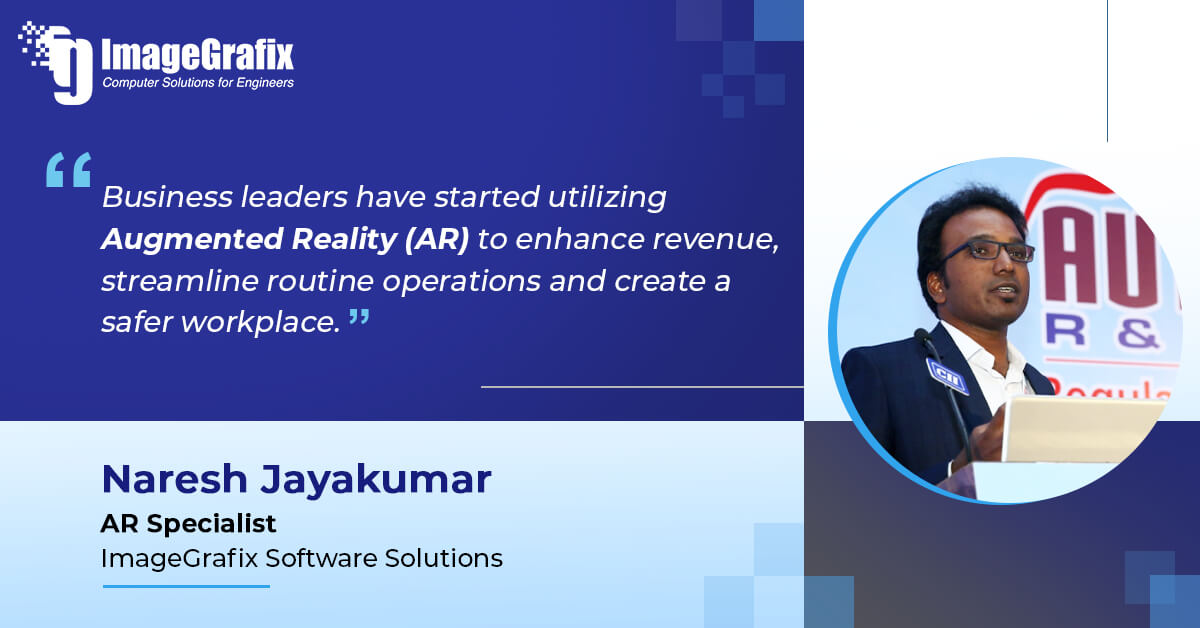Augmented Reality (AR) is an interactive experience that combines the real world and computer-generated content. The content can span multiple sensory modalities, including visual, auditory, and haptic.
AR can be defined as a system that incorporates three basic features:
- A combination of real and virtual worlds
- Real-time interaction
- Accurate 3D registration of virtual and real objects.
The overlaid sensory information can be constructive (i.e. additive to the natural environment), or destructive (i.e. masking of the natural environment). This experience is seamlessly interwoven with the physical world such that it is perceived as an immersive aspect of the real environment.
In this way, it alters one’s ongoing perception of a real-world environment, whereas virtual reality completely replaces the user’s real-world environment with a simulated one.
AR is a Combination of Both Hardware & Software
Hardware components for augmented reality are a processor, display, sensors, and input devices. Modern mobile computing devices like smartphones and tablet computers contain these elements, which often include a camera and microelectromechanical systems (MEMS) sensors such as an accelerometer, GPS, and solid-state compass, making them suitable AR platforms.
Head Mounted Displays
A head-mounted display (HMD) is a display device worn on the forehead, such as a harness or helmet-mounted. HMDs place images of both the physical world and virtual objects over the user’s field of view.
Modern HMDs often employ sensors for six degrees of freedom monitoring that allow the system to align virtual information to the physical world and adjust accordingly with the user’s head movements.
Here are some key points on how Head-Mounted Displays (HMDs) can take Augmented Reality (AR) to the next level. Here are some key points that explain how:
Immersive Experience: HMDs offer a more immersive experience than traditional AR technologies.
Hands-free Interaction: HMDs allow for hands-free interaction with AR content that can be benefitted from being able to see and manipulate virtual objects without having to hold a device.
Enhanced Mobility: As HMDs are worn on the head, they provide greater mobility than handheld AR devices. This makes them ideal for use in situations where users need to move around freely while interacting with AR content, such as in manufacturing or construction.
Personalization: HMDs can be customized to fit the user’s individual needs and preferences. This means that users can adjust the display size and resolution, as well as other settings, to optimize the AR experience.
Multitasking: HMDs can enable users to multitask, allowing them to interact with both virtual and real-world content simultaneously. For example, a warehouse worker using an HMD could see virtual product information while also scanning real-world items for inventory.
Thus, HMDs have the potential to take augmented reality to the next level by providing a more immersive, hands-free, and customizable experience that can enhance mobility and multitasking. As the technology continues to develop, HMDs are likely to become an increasingly important tool for a wide range of industries and applications.
To have a demo, Please mail :- [email protected]

